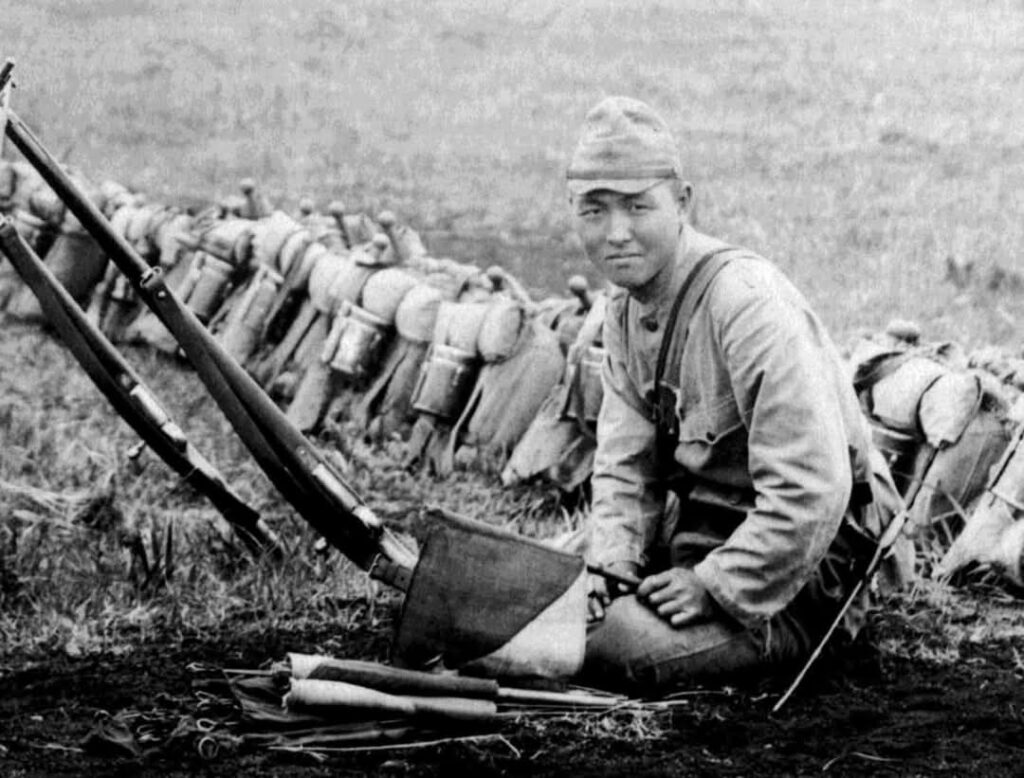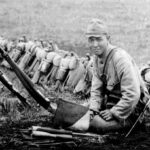
Honda Ishirō, (May 7, 1911 – February 28, 1993) was a Japanese filmmaker who directed 46 feature films in a successful career spanning five decades.
Despite directing many drama, war, documentary, and comedy films, Honda is best remembered for directing and co-creating the kaiju / Godzilla films with special effects director Eiji Tsuburaya.
Honda became interested in films at an early age and attended Nihon University for their art department’s film major program from 1931-1934. After Honda completed his studies he became an assistant film director. In the fall of 1934 Honda was drafted into the Imperial Japanese Army, but was not required to report for immediate duty and continued working until being called-up in January 1935.
Between 1935-1944, Honda was called to serve in the Japanese Army three times, serving in China for all three deployments. In between deployments he got married and continued working on films.
During his second deployment to China from 1939 to 1941, Honda was assigned to manage a “comfort station”, Honda would later write about this experience in 1966.
Honda was captured by the Chinese National Revolutionary Army in 1944, during his imprisonment, he was befriended by the locals & temple monks.
When he was repatriated to Japan in 1946, as a parting gift, the locals gave Honda rubbings of Chinese proverbs, imprinted from stone carvings of temples. Honda would later write these verses in the back of his screenplays.
Source: Ishiro Honda: A Life in Film, from Godzilla to Kurosawa











Leave a Reply